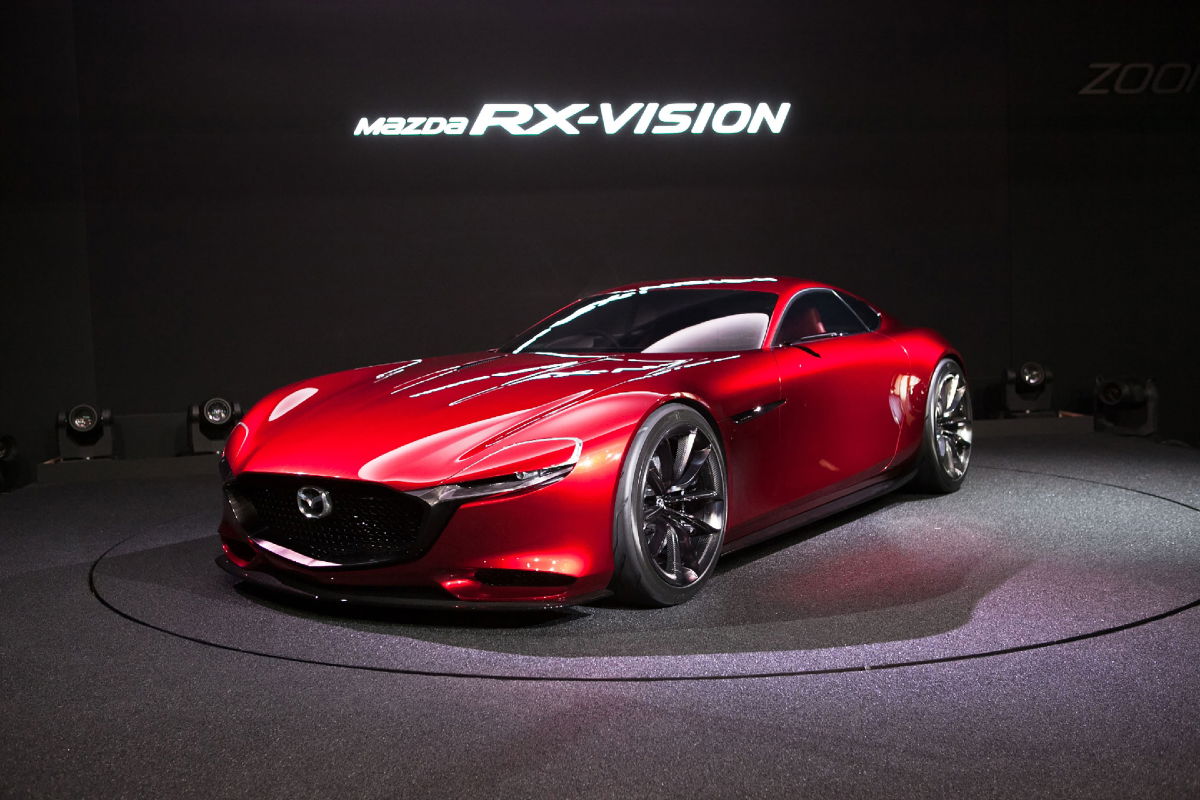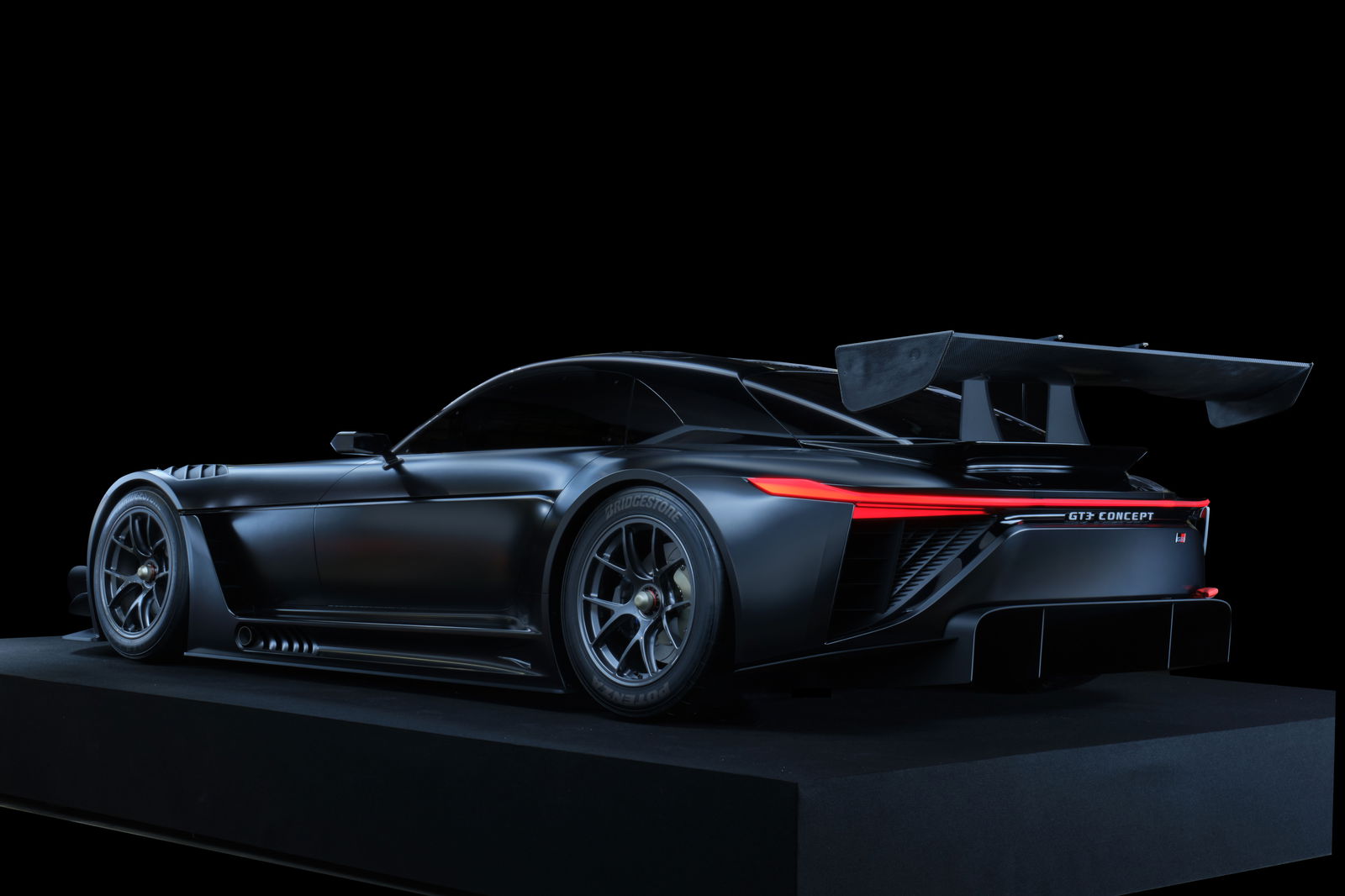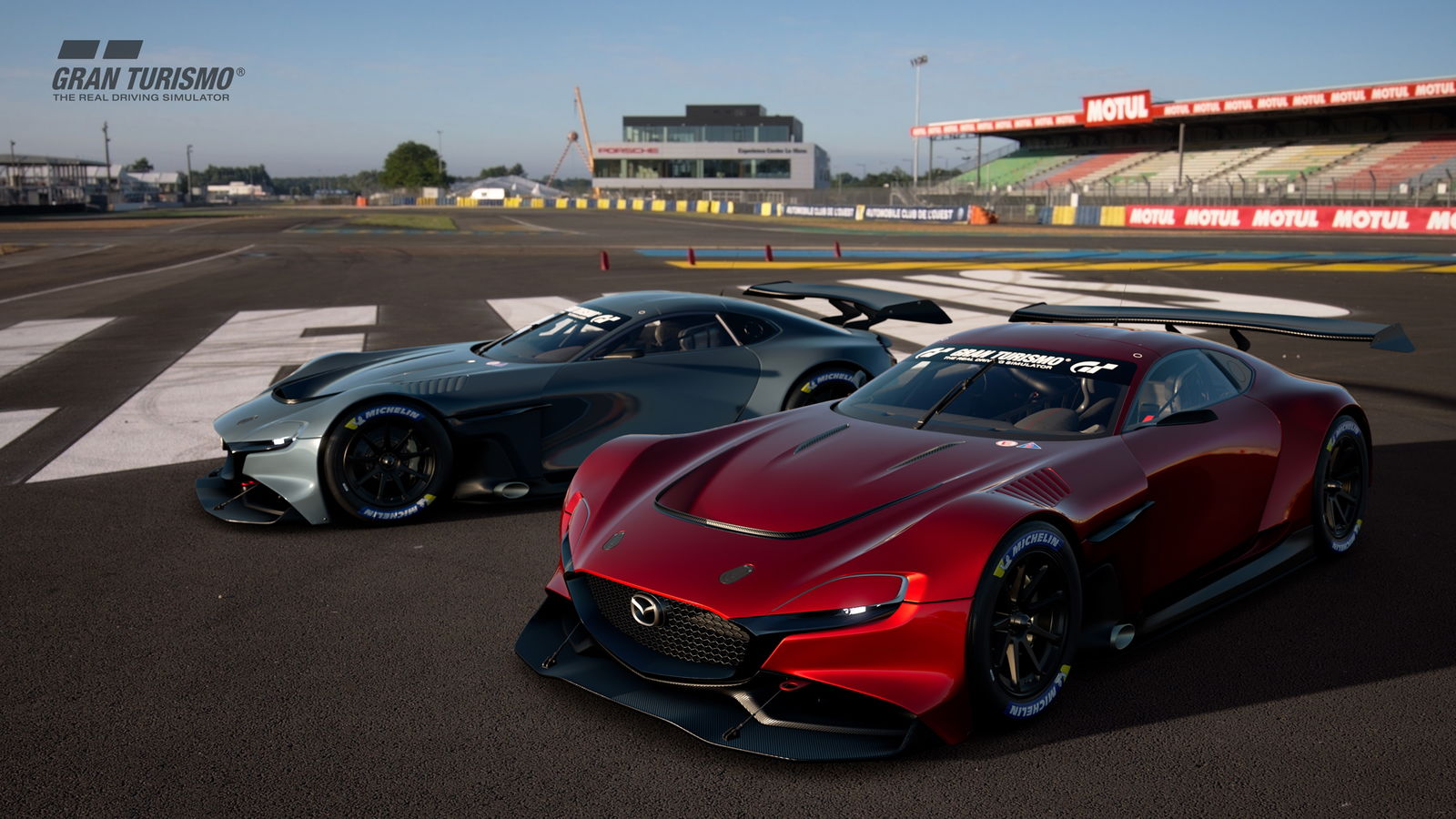
It’s been 20 years since the demise of the Mazda RX-7 but the long wait for a spiritual successor may soon be over – thanks to Toyota.
Mazda made it clear it wants to bring a rotary sports car back into its line-up way back in 2015, when it revealed the stunning RX-Vision concept. While the official comment at the time was that the concept car showcased the brand’s evolutionary new design language, high-ranking executives spoke openly of a desire to revive the brand’s sports car legacy.
READ MORE: Toyoat GR GT3 Concept is a Porsche-rivaling sports car
More recently, only weeks ago, Toyota unveiled the GR GT3 Concept, a new sports car designed to be a homologation special for the Japanese giant’s expected entry into the new GT3-based category from 2024. Just like the RX-Vision, the GR GT3 Concept is a sleek coupe, with a long-bonnet and cab-rearward design – and that may not be a coincidence.
According to a report from Japan’s Best Car Web, Toyota and Mazda are reportedly working together to co-develop an all-new sports car platform that could be shared between the GR GT3 and RX-9 (or whatever name Mazda chooses).

It’s possible Toyota could even take advantage of Mazda’s newly-developed rear-wheel drive platform, which is expected to underpin the new Mazda6 sports sedan in an attempt to push the model upmarket. This would be another potential cost-saving while ensuring both sports cars are sending drive to the rear.
This would resolve one of the biggest question marks over how Toyota would make a program with potentially limited volume financially viable. By splitting development and production costs with Mazda (and vice versa) it would allow both brands to indulge in an otherwise hard-to-justify sports car.
Toyota is no stranger to partnerships in recent years, first with the 86/Subaru BRZ, which was largely just a badge swap, to the Supra/BMW Z4 project, which sees the two cars share mechanical components but get unique styling. This would be the next step in that process, with the new GR GT3 and RX-9 likely to share the same platform but have unique powertrains.

That’s because Mazda is determined to bring back its rotary engine design, while Toyota would likely stick with something more conventional. Despite the fuel economy drawbacks of the rotary engine design Mazda is determined to make it compatible with modern emissions standards. That’s why the company has been working on integrating rotary engines with electric motors for hybrid power.
According to the Best Car Web report we could see the ‘RX-9’ as soon as 2023, with the Toyota version not likely to arrive until 2024.
Interestingly, Mazda’s last official comment on the RX-Vision was the virtual GT3 concept for the Gran Turismo video game. Given GT3 racing is the primary focus of the new GR model, it’s possible that these two cars could compete both on the road and track in future.













Discussion about this post